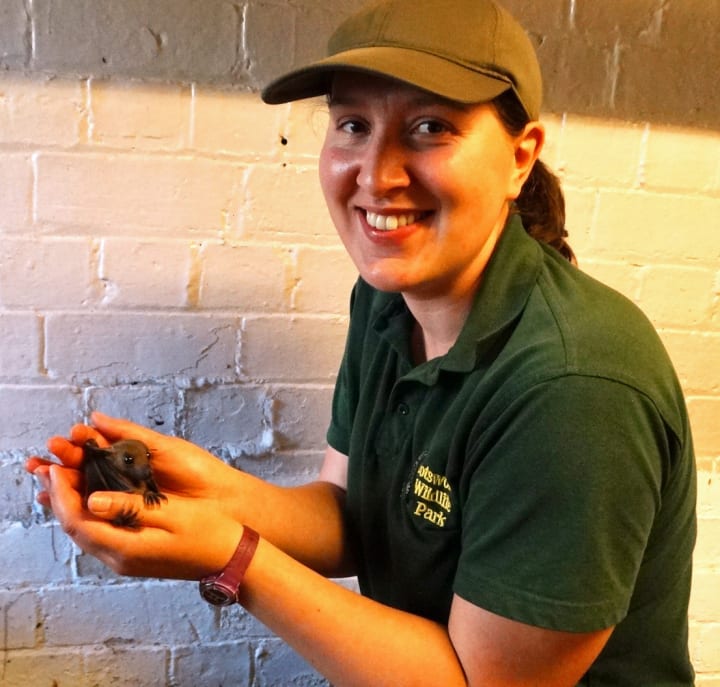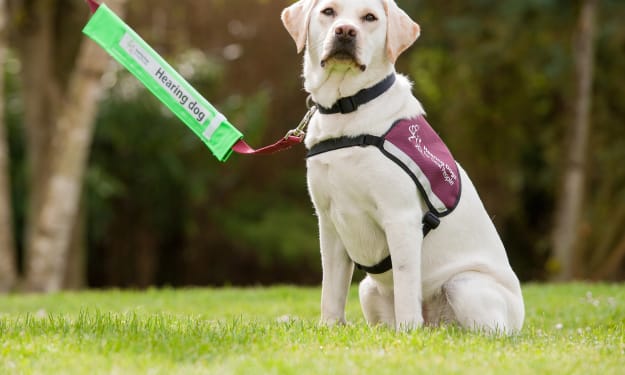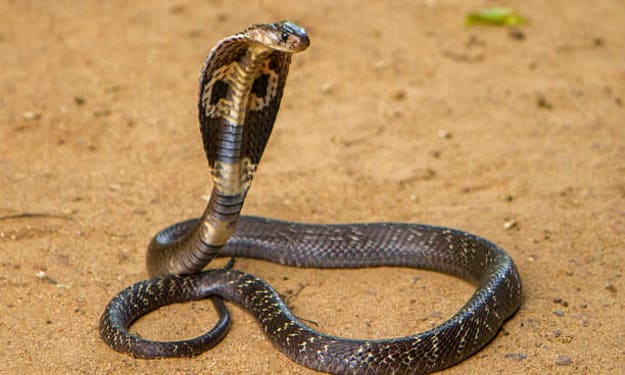Hand-Rearing Egyptian Fruit Bat Babies
Flying lessons took place in the house!

ZooKeeper Natalie Horner, from Cotswold Wildlife Park, England, has successfully hand-reared two Egyptian fruit bat babies — it’s been a completely new experience for her and the park.
The youngsters were found abandoned in the bat house as keepers were revamping it. They’ve had flying lessons in Natalie’s house, and she looked after them until they were strong enough to rejoin the adult colony. She named them Bruce and Wayne. They even recognise her voice.
Improving the bat house
“Our bat house was due a revamp,” said Natalie. “We planned to take out all the old furniture and completely refurbish it with brand new cargo nets, rope, and feeding stations. As you can imagine, this was quite a big job. To minimise disturbance to the bats during this time, we decided to move them into temporary holdings while we carried out the work.
“It was also a great opportunity to give all the bats a quick health check. Whilst moving the bats, we discovered that 20 of our female Egyptian Fruit bats had babies. All the bats were in great condition, looked really healthy, and made the move into their temporary holdings with minimal stress.
“The next morning, upon checking on the bats, we discovered two of the youngsters were roosting by themselves. They were around six to eight weeks of age. It’s common for mum to ‘park’ the youngsters for a while at this age to allow her to feed and fly without carrying any extra weight around. Because this is normal behaviour, we left the little ones alone in the hopes that mum would come along and retrieve them. But in the next morning, the bat babies were still roosting by themselves.
“So, concerned that they might get cold without mum to cuddle up to, and worried that they probably hadn’t fed in all that time, we decided to take them for hand-rearing, to give them a chance of surviving. They should still be getting milk from mum quite regularly at this stage in their young lives. We gave mum a chance to re-collect them, as mum is always best, but unfortunately, it seemed they’d been forgotten about.

“It’s possible that during the move, and in the unfamiliar settings, the youngsters could have been parked and overlooked by mum. Whenever we plan big animal moves like this, great care is put into making it as quick and stress-free as possible for all involved — animals and keepers alike! We moved 150 bats out of our bat house that day! I’m happy to say that the rest of our bats settled in very quickly to their new temporary home, with the rest of the babies staying safe with their mothers. It was just unfortunate that these two babies were abandoned by mum.”
Getting the babies warmed up
“What happened next?” I asked. Natalie explained, “My first priority for the babies was warming them up and getting a feed into them. I placed them into an incubator to warm up, and when they perked up, I prepared a feed of milk and mashed banana. They took this first feed really well, so they were clearly ready for it. When roosting in the incubator, they had each other to cuddle up to, which is important, not only for warmth but for social development too. They quickly became very attached to one another.
“The little ones needed a feed every four hours, from 6am to midnight in the beginning, so I took them home with me to care for them there. As they grew, the feeds began to lessen and they were fully weaned by ten weeks of age. I was feeding them on a fruit mash of banana, apple, and pear.
“As they continued to develop, they outgrew their incubator. I upgraded them to a larger pet carrier, so they had enough space to start wing flapping — this would help develop their breast muscles which would be important for flight. By the time they were 12 weeks old, they were starting to show signs of wanting to fly, so I decided to upgrade them again to their own flying room, a.k.a. my spare bedroom.”

Flying lessons
“Thankfully, my spare room at home is completely empty,” said Natalie, “so there were no obstacles to worry about. Much to my husband’s dismay, I attached bed sheets and towels to the walls of the room, so the bats always had somewhere to roost while flying lessons were underway. Bats instinctively know how to fly, so very little was needed on my part to aid them in that.
“What they did need was just a little bit of encouragement. I’d hang them from my finger and let them wing beat a few times whilst gently swaying my hand up and down. It didn’t take long for them to let go and attempt to fly across the room. It’s safe to say that in their first attempts, they pretty much went straight to the floor, but after a few goes, they were starting to make good progress in flying from one side of the room to the next.
“After two weeks of nightly flying lessons, they were able to fly a full circuit around the room and proved to be very strong and capable flyers. They have since moved into a bigger enclosure at the park while they continue to grow until they are big enough to re-join the rest of the colony. Bats live in large colonies in the wild, so there weren’t any issues when it was time to reintroduce them to the rest of the group.”
Feeding
“At nearly five months of age, they started self-feeding and getting bigger and bigger each day. They were still around half the size of the adult bats, so I waited until they were a little bigger before reintroducing them so they had a better chance of competing for food.
“We feed our bats in several different ways, on fruit kebabs, hanging bunches of bananas, trays of chopped fruit, and spiking whole pieces of fruit all around the enclosure, so there are plenty of food sites for all the bats to have a fair share. We wanted their reintroduction to go as smoothly as possible, so we didn’t rush anything. By about six months of age, they’d grown large enough to live with the others and hold their own with the big boys.”
Developing trust

Natalie continued, “Since day one, I’ve always spoken to the babies throughout every interaction, whether it’s just me talking them through what we’re doing or whether I’m telling them what happened on last night’s Game of Thrones! It was important for the bats to trust me and know they could rely on me — that I was someone who cared for them. This made handling the bats easier, as, at the beginning, I needed to wrap them up in individual little blankets so I could feed them without them wriggling free. Being wrapped in the blanket created a sense of calm for the little ones as it simulated being wrapped up in their mum’s wings.

“After just a few days, the babies would start to open their wings when they knew it was feeding time, and they even started to climb straight into my hands. Now that they are self-feeding, I don’t need to handle them as much, but when I do, they cling to my t-shirt or finger quite happily.”
Egyptian fruit bats in the wild
The Egyptian fruit bat is usually dark brown to light grey in colour. They weigh around 150g, have a wingspan of 60cm, and have large eyes, adapted for twilight and night vision. They consume lots of fruit, including wild dates and soft pulpy fruits. They’re happy to eat unripe or damaged fruit too, which helps them survive in places where fresh ripe fruit isn’t available all year round. They pollinate fruit trees and disperse seeds.
They live in colonies and roost closely together. As darkness falls, they will forage for food and return to roost before dawn. They navigate with both visual orientation and echolocation, using short clicks to help them navigate in the dark.
Typically, Egyptian fruit bats will have one baby a year, but sometimes they’ll have twins. At three months old, they usually learn to fly, and they’ll grow up and stay in the colony into which they were born.
The IUCN Red List classifies Egyptian fruit bats as a species of Least Concern. Some fruit farmers have poisoned and killed bats, but the species remains widespread.
People in the UK can visit the bats at www.cotswoldwildlifepark.co.uk






Comments
There are no comments for this story
Be the first to respond and start the conversation.